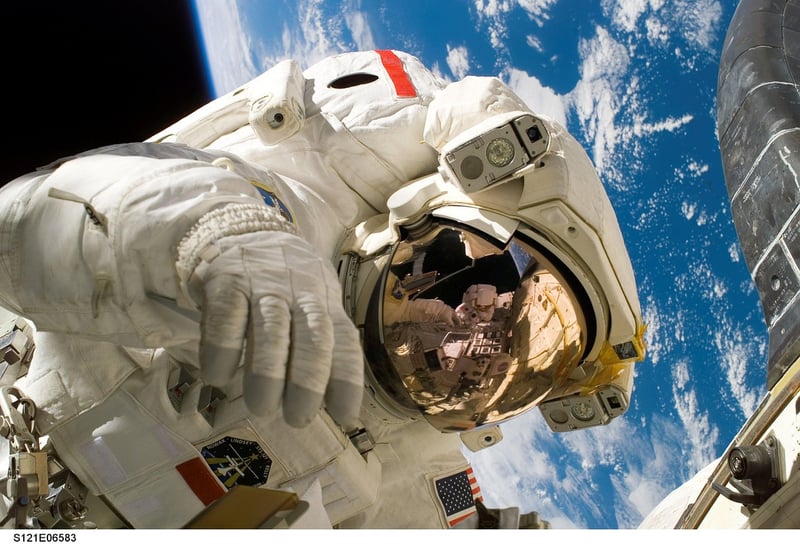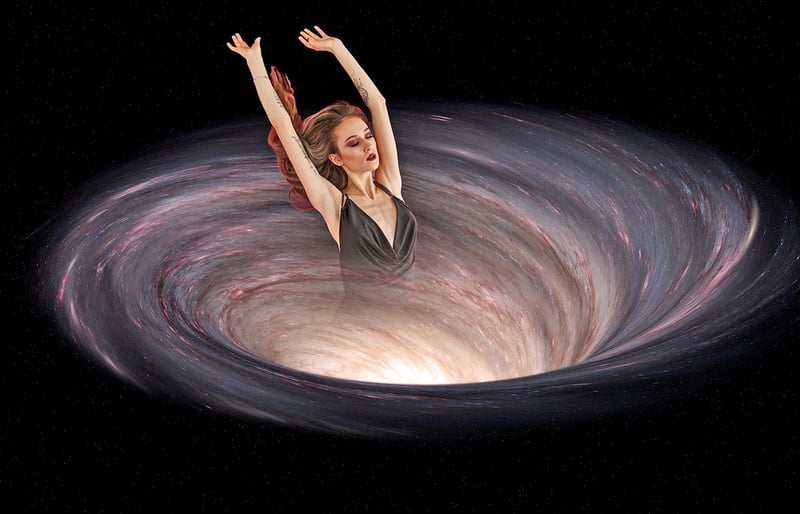Wormholes
Unveiling the Mysteries of Wormholes: A Journey Through Space and Time

Have you ever wondered about the possibility of traversing vast distances in the blink of an eye? Enter the intriguing realm of wormholes, where science fiction meets scientific theory to unravel the secrets of the universe.
What are Wormholes?
Wormholes, also known as Einstein-Rosen bridges, are hypothetical tunnels in the fabric of spacetime that connect two separate points in space. These theoretical passages offer a shortcut through the cosmos, potentially allowing for faster-than-light travel and a gateway to distant regions of the universe.
The Science Behind Wormholes
According to Albert Einstein's general theory of relativity, spacetime is a dynamic fabric that can bend and warp under the influence of massive objects. Wormholes are envisioned as regions where spacetime is folded, creating a tunnel-like structure that could link disparate areas of the universe.
Traversing Wormholes
While the concept of wormholes captivates the imagination, their existence remains purely theoretical. Scientists theorize that traversing a wormhole would require exotic matter with negative energy to stabilize the passage and prevent its collapse.
The Role of Wormholes in Science Fiction
Wormholes have long captured the imagination of science fiction authors and filmmakers as a plot device for interstellar travel and time manipulation. From "Interstellar" to "Star Trek," wormholes have been a staple of futuristic narratives exploring the boundaries of space exploration.
Conclusion
As we delve into the enigmatic realm of wormholes, we are faced with a tantalizing prospect of unlocking the secrets of the cosmos. While the scientific viability of wormholes remains a subject of debate and exploration, their allure as a gateway to the unknown continues to inspire curiosity and wonder.
Embark on a journey through the theoretical landscape of wormholes, where science and imagination converge to push the boundaries of our understanding of the universe.
